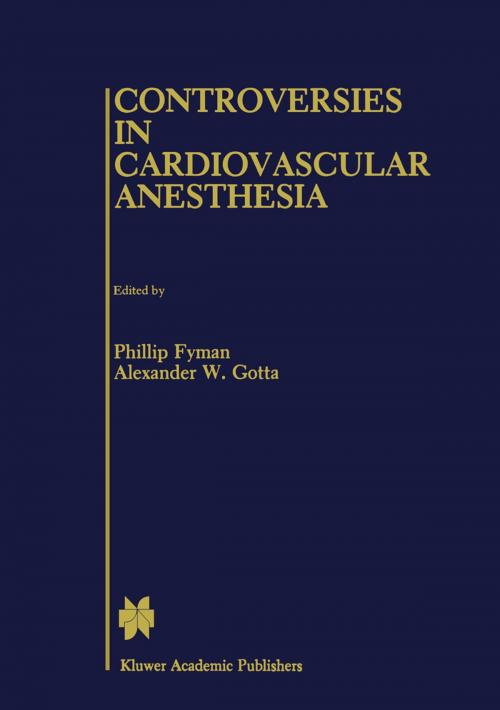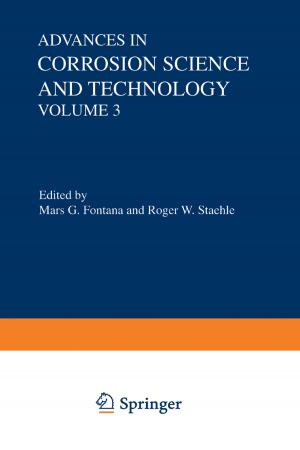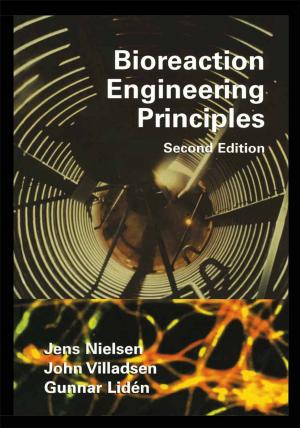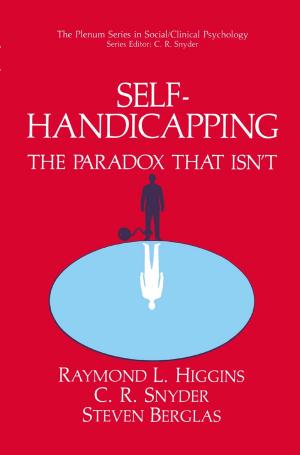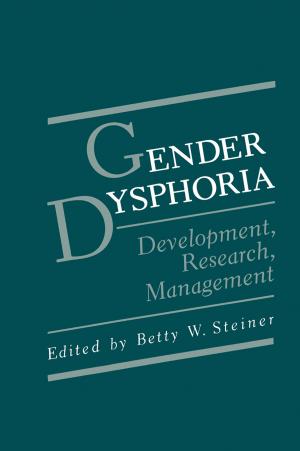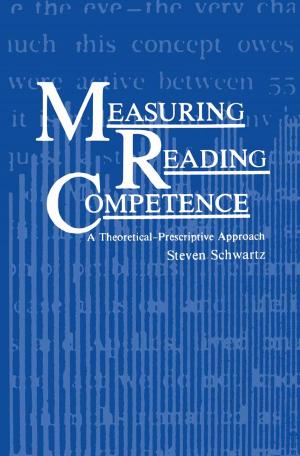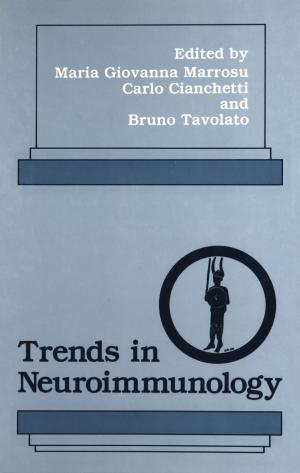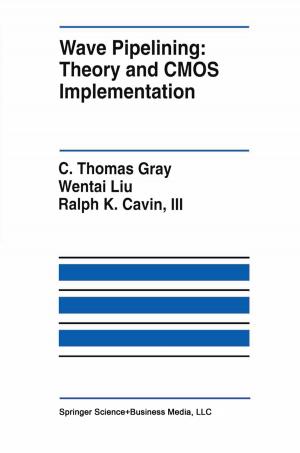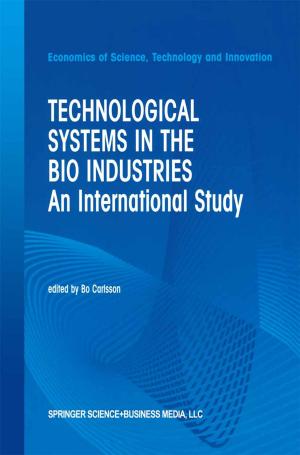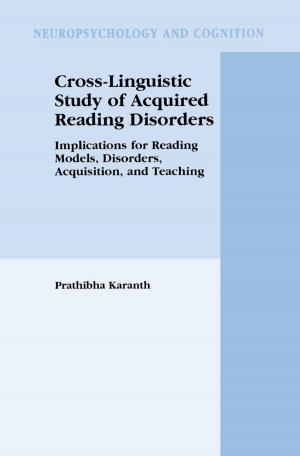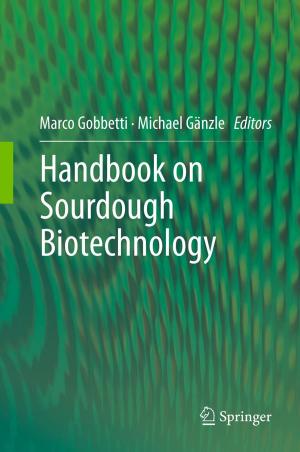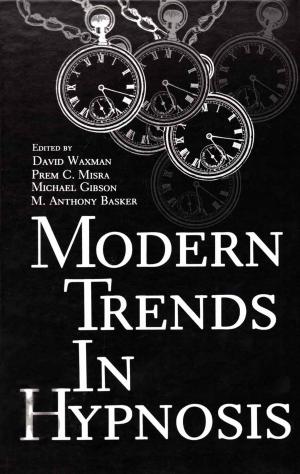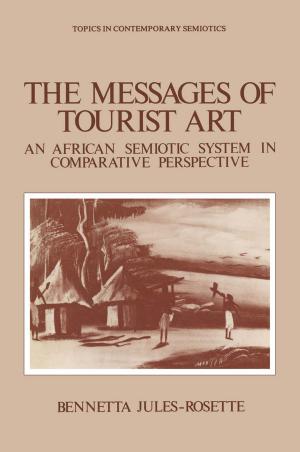Controversies in Cardiovascular Anesthesia
Nonfiction, Health & Well Being, Medical, Specialties, Anesthesiology| Author: | ISBN: | 9781461317715 | |
| Publisher: | Springer US | Publication: | December 6, 2012 |
| Imprint: | Springer | Language: | English |
| Author: | |
| ISBN: | 9781461317715 |
| Publisher: | Springer US |
| Publication: | December 6, 2012 |
| Imprint: | Springer |
| Language: | English |
On 16 October 1846, an itinerant New England dentist named William T. G. Morton proved the anesthetic effect of diethyl ether in a public demonstration in the "ether dome" of the Bulfinch Building of the Massachusetts General Hospital in Boston. The patient, Gilbert Abbott, suffered no pain, and the surgeon, Dr. John C. Warren, was able to complete a suture ligature of a vas cular tumor of the jaw without the hurry that until then was so necessary. The operation proved a failure, since the tumor recurred; but the demonstration of ether's anesthetic effect was a great success. Operative pain was conquered, and surgery could advance from a crude and unscientific practice where speed was paramount, and the major body cavities could not be entered, into the unique blend of science and art that it is now. "Gentlemen, this is no hum bug," supposedly muttered Warren, perhaps the last noncontroversial assess ment of anesthesiology to be made by a surgeon. The screams of resisting patients in pain were stilled, and quiet entered the operating room for the first time. But the new science of pain relief was quickly wrapped in controversy. An argument immediately arose as to who could legitimately claim primacy for the discovery. Morton's attempt to hide the true nature of his anesthetic agent, coupled with an effort to patent the discovery, clouded his reputation and stimulated other claimants to push themselves forward.
On 16 October 1846, an itinerant New England dentist named William T. G. Morton proved the anesthetic effect of diethyl ether in a public demonstration in the "ether dome" of the Bulfinch Building of the Massachusetts General Hospital in Boston. The patient, Gilbert Abbott, suffered no pain, and the surgeon, Dr. John C. Warren, was able to complete a suture ligature of a vas cular tumor of the jaw without the hurry that until then was so necessary. The operation proved a failure, since the tumor recurred; but the demonstration of ether's anesthetic effect was a great success. Operative pain was conquered, and surgery could advance from a crude and unscientific practice where speed was paramount, and the major body cavities could not be entered, into the unique blend of science and art that it is now. "Gentlemen, this is no hum bug," supposedly muttered Warren, perhaps the last noncontroversial assess ment of anesthesiology to be made by a surgeon. The screams of resisting patients in pain were stilled, and quiet entered the operating room for the first time. But the new science of pain relief was quickly wrapped in controversy. An argument immediately arose as to who could legitimately claim primacy for the discovery. Morton's attempt to hide the true nature of his anesthetic agent, coupled with an effort to patent the discovery, clouded his reputation and stimulated other claimants to push themselves forward.
